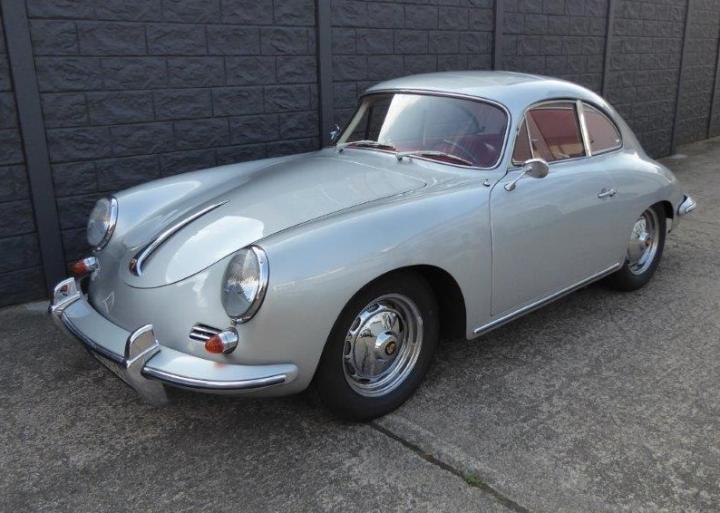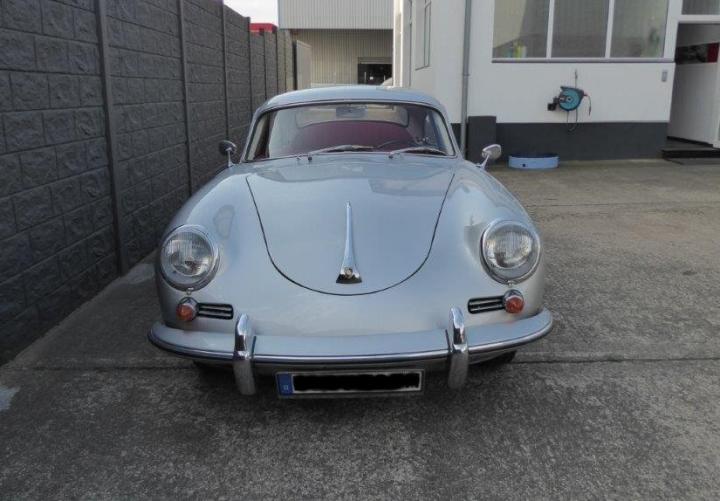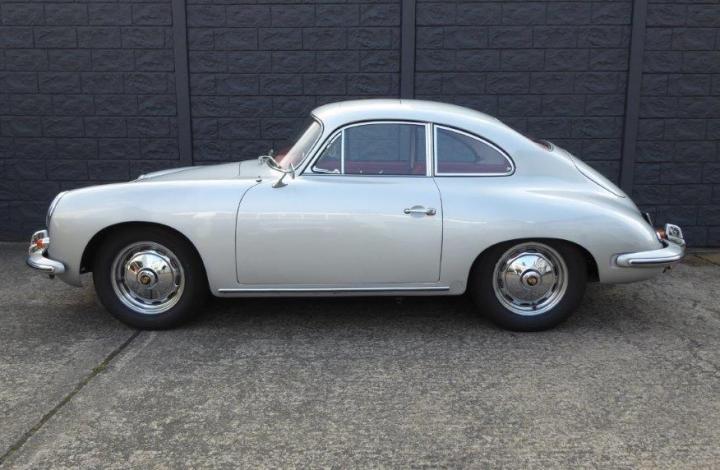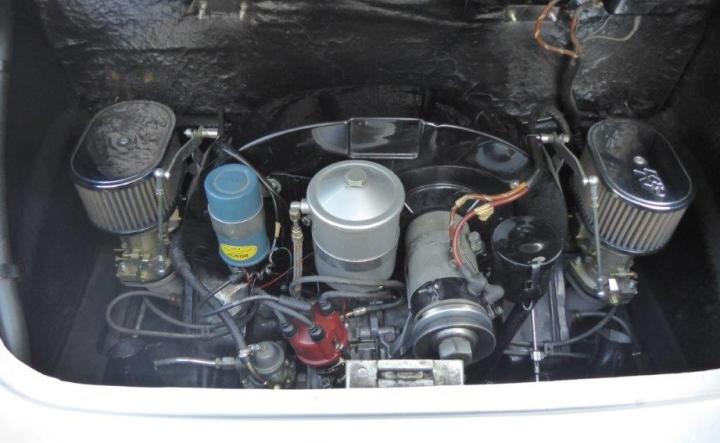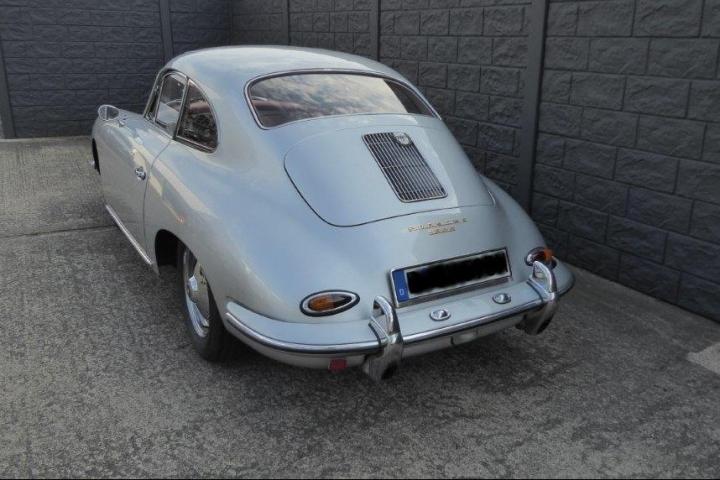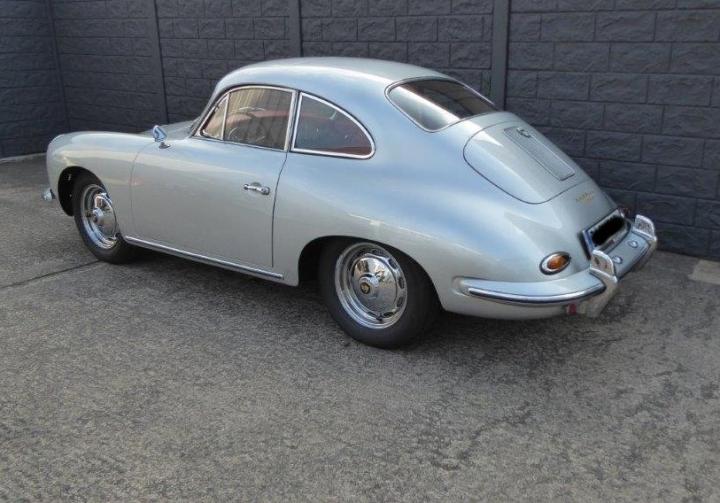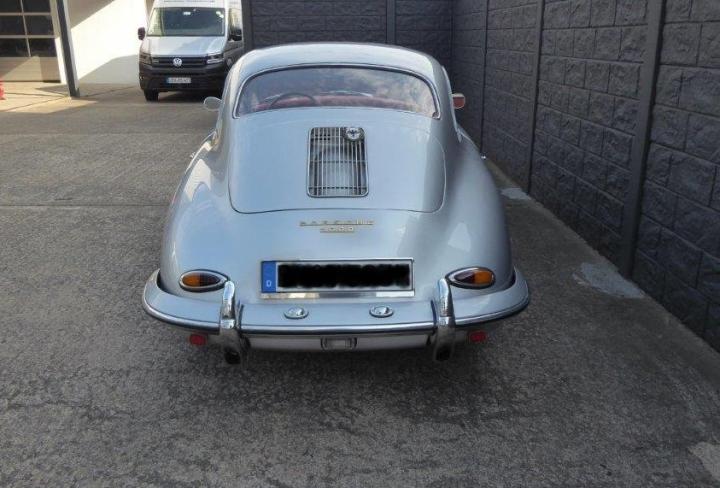
|
Karosserie
|
Coupe
|

|
Übertragung
|
Manual
|

|
Außenfarbe
|
Silver metallic
|

|
Polsterei
|
Leather
|

|
Lenkung
|
Lhd
|
Porsche 356 B Coupé 1600 T5 mit Schiebedach
Schöner 356 B Coupé 1600 T5 mit Schiebedach, Werksverkauf am 13.06.1961, Silber-metallic, Leder rot, US Re-Import, Tacho-KM-Stand 29.000, seit ca. 20 Jahren in Deutschland, vollständig restauriert, Technik in 2023 von Roock gemacht, Werksseitige Optionen mechanisches Golde Schiebedach, 2 Armstützen, Abblendbarer Innenspiegel, verchromte Lochscheibenräder, Radio Blaupunkt Bremen mit 2 Lautsprechern und Antenne, 2 Paar Sicherheitsgurte, Motor/Getriebe matching, Original Farbe Ätnablau, Original Leder schwarz, Fahrzeug ist seit 12 Jahren im Besitz immer Zugelassen neuer TÜV, Technisch Top mit Porsche Zertifikat und Wertgutachten Zustandsnote 2+ von 2016 Marktwert 95.000,000 Euro Wiederbeschaffungswert 115.000,00 Euro
Differenzbesteuerung lt. §25a des UStG
Preis auf anfrage
Weitere Informationen unter sportsystem@roock.de an Michael Roock.
